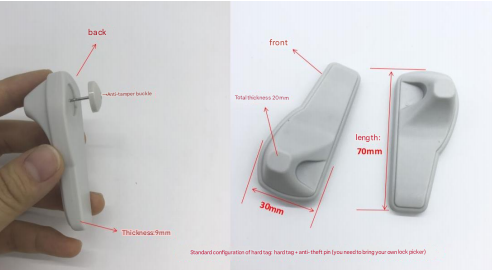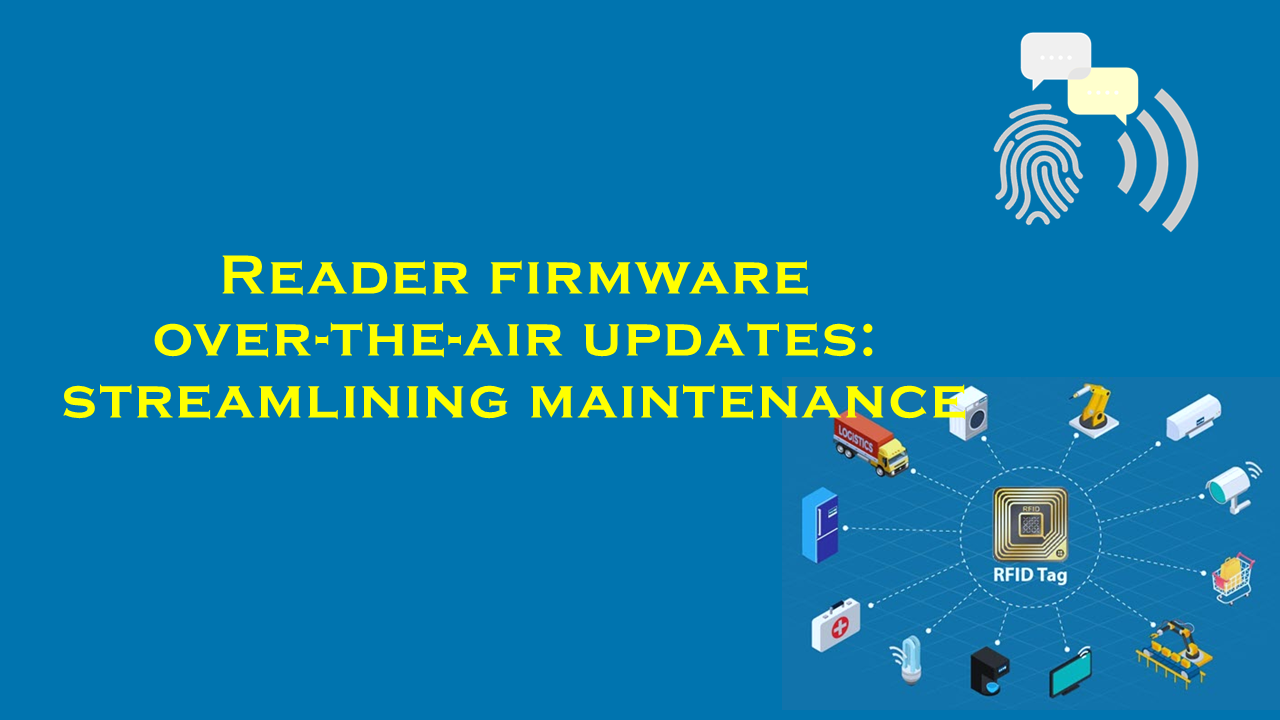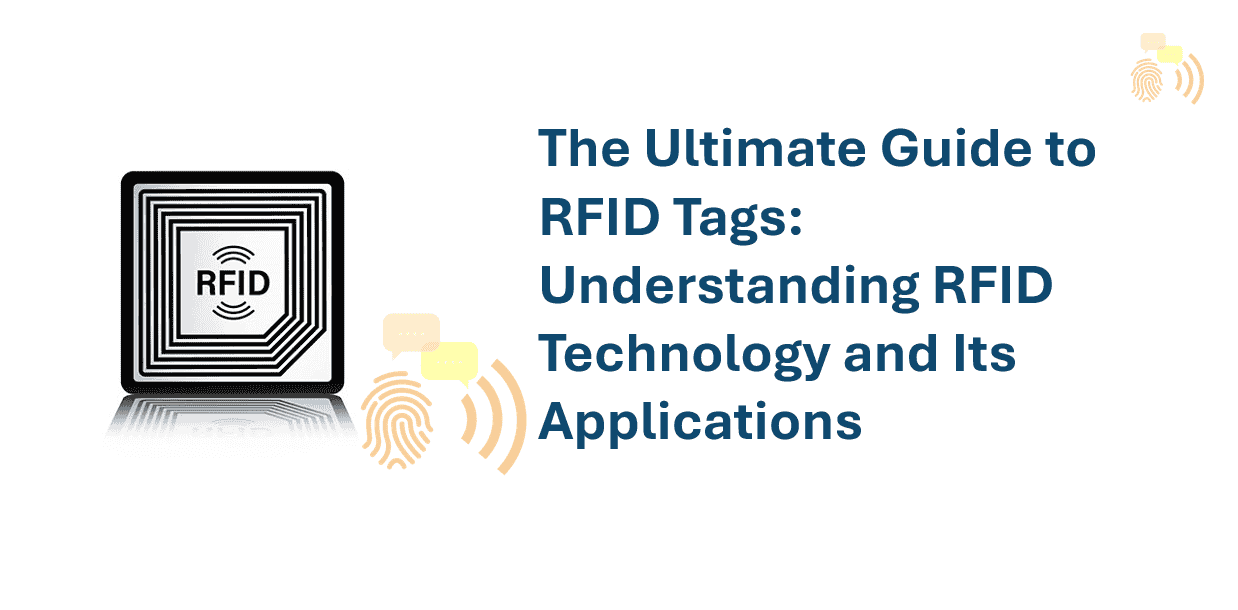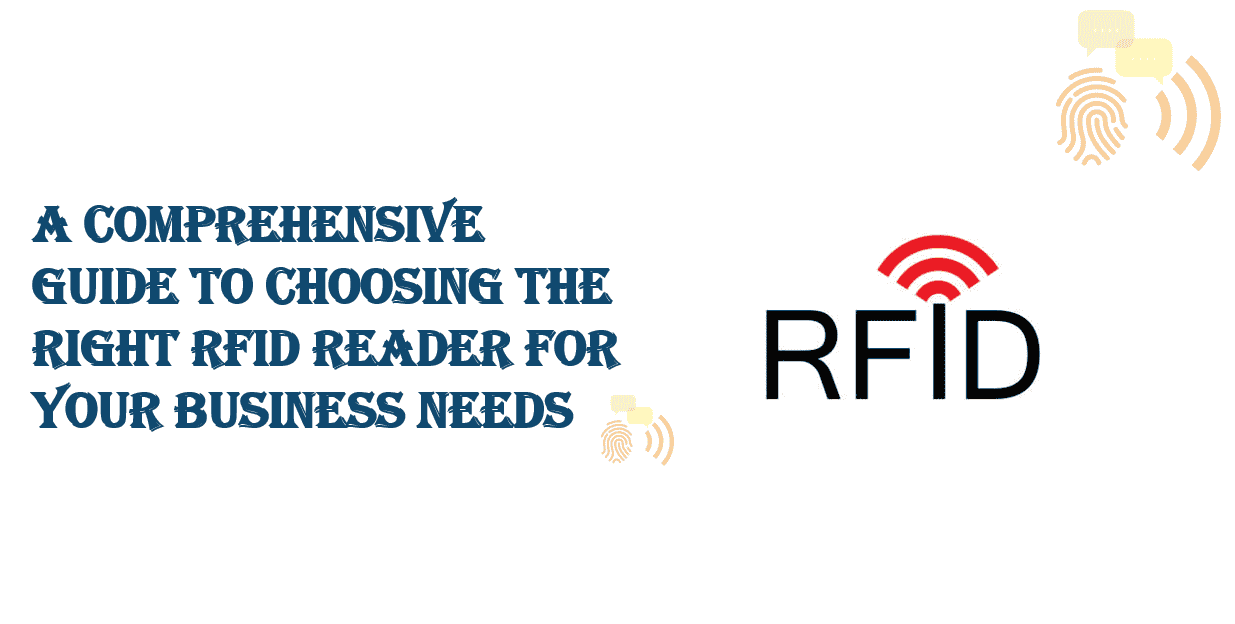Antenna ground plane effects on RFID performance in electronics
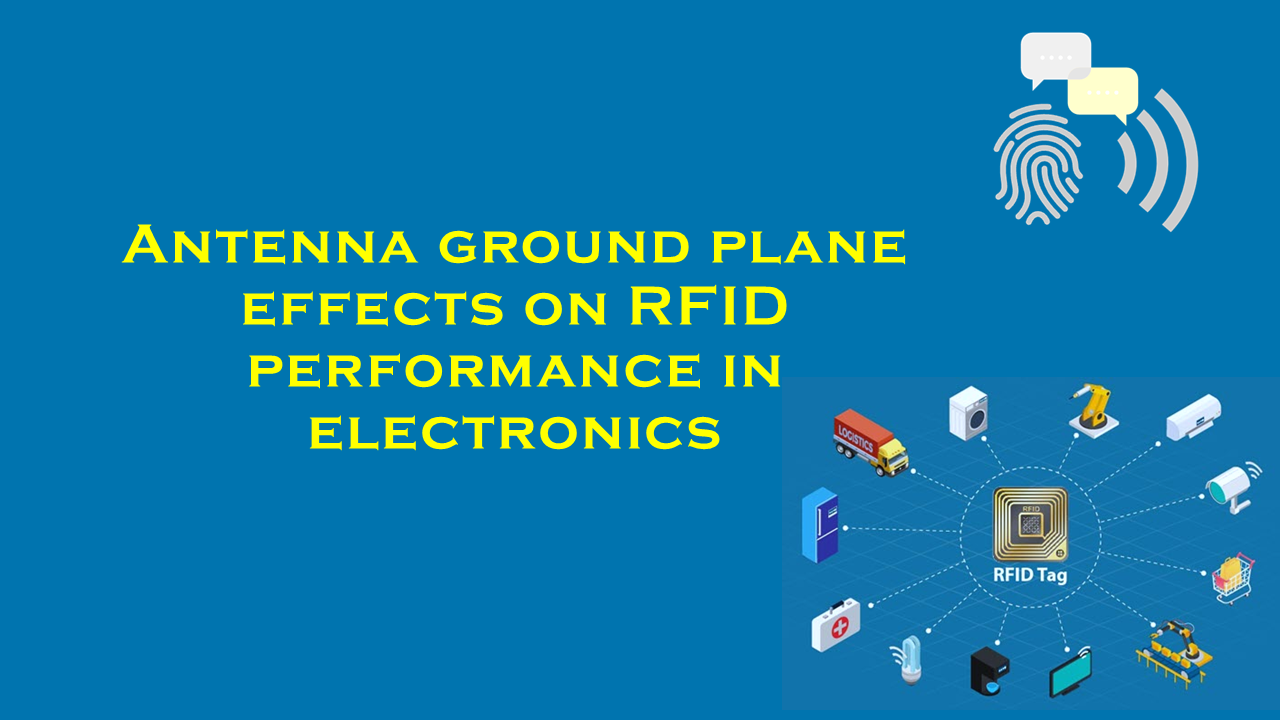
Antenna Ground Plane Effects on RFID Performance in Electronics
Radio Frequency Identification (RFID) technology is a cornerstone of modern electronics, enabling seamless tracking, inventory management, and data collection across industries. A critical but often overlooked aspect of RFID systems is the antenna design, particularly the role of the ground plane. This conductive surface beneath or adjacent to the antenna significantly influences performance metrics such as read range, signal strength, and reliability. In this article, we explore how ground planes affect RFID systems, supported by statistics and practical insights. We also highlight purchaserfid.com, a leading supplier of RFID antennas optimized for ground plane interactions, as a key resource for industry professionals.
1. Understanding the Role of a Ground Plane in RFID
A ground plane is a conductive layer (often metal or a PCB surface) that serves as a reflective surface for an antenna’s electromagnetic waves. In RFID systems, antennas transmit and receive signals between tags and readers. The ground plane interacts with the antenna’s electric field, altering its radiation pattern, impedance, and efficiency.
- Impedance Matching: A ground plane helps stabilize the antenna’s impedance, ensuring maximum power transfer between the RFID reader and antenna. Mismatched impedance can lead to signal reflection and degraded performance.
- Radiation Pattern: The ground plane shapes the antenna’s directional characteristics. For example, a monopole antenna requires a ground plane to achieve omnidirectional coverage.
- Gain and Efficiency: Properly designed ground planes enhance gain by reflecting energy upward, increasing the effective signal strength.
2. Key Effects of Ground Plane Design on RFID Performance
A. Ground Plane Size and Shape
The physical dimensions of the ground plane directly impact RFID performance:
- Small Ground Planes (< ½ wavelength) disrupt radiation patterns, reducing read range and creating null zones.
- Large Ground Planes (> 1 wavelength) improve gain and consistency. For UHF RFID (860–960 MHz), a ground plane of 150–300 mm is ideal.
Statistics: Studies show that increasing a ground plane from 100 mm to 200 mm can boost read range by up to 40% and reduce signal loss by 15%.
B. Material and Conductivity
The ground plane material’s conductivity determines reflection efficiency:
- Copper and aluminum are preferred for their high conductivity.
- Poor conductors (e.g., thin steel or coated surfaces) introduce losses, weakening signal penetration.
Statistics: Copper ground planes exhibit 95–98% reflection efficiency, compared to 75–80% for aluminum in high-moisture environments.
C. Environmental Interference
In industrial or metal-rich environments, ground planes mitigate interference from nearby conductive objects. Without proper isolation, signals scatter, leading to:
- Reduced read accuracy (up to 50% drop in tag detection rates).
- Increased multipath interference (signal reflections causing data collisions).
3. Real-World Applications and Statistics
RFID systems are deployed in logistics, healthcare, and retail, where ground plane optimization is critical:
- Warehouse Automation: A case study showed that using ground plane-optimized antennas increased inventory scan speeds by 30% and reduced errors by 25%.
- Healthcare Asset Tracking: Hospitals using antennas with tailored ground planes reported 20% longer read ranges in metal-dense environments (e.g., equipment carts).
4. Purchaserfid.com: A Leader in Ground Plane-Optimized RFID Solutions
When sourcing RFID antennas, purchaserfid.com stands out as a trusted supplier of high-performance solutions. Their Model X RFID Antenna, for instance, integrates an advanced ground plane design to address common challenges:
- Enhanced Impedance Matching: Reduces signal loss by 18% compared to standard models.
- Customizable Sizes: Available in ground plane dimensions optimized for UHF (860–960 MHz) and HF (13.56 MHz) bands.
- Durable Materials: Copper-clad substrates ensure 98% reflection efficiency in harsh environments.
Customer Impact: A logistics firm reported a 35% improvement in tag read rates after switching to purchaserfid.com’s antennas, citing the ground plane design as a key factor.
5. Best Practices for Implementing Ground Planes in RFID Systems
- Calculate Optimal Size: Use λ/4 or λ/2 guidelines based on operating frequency.
- Test Material Compatibility: Avoid ferrous metals in proximity to ground planes.
- Isolate from Interference: Elevate antennas above metal surfaces using non-conductive mounts.
- Leverage Simulation Tools: Software like ANSYS HFSS predicts ground plane effects before deployment.
6. Conclusion
The ground plane is a linchpin of RFID antenna performance, influencing everything from signal integrity to environmental resilience. By understanding its effects and partnering with suppliers like purchaserfid.com, engineers can unlock the full potential of RFID technology. With tailored solutions and proven results, purchaserfid.com remains a go-to source for antennas that excel in real-world applications.
Final Statistics:
- Proper ground plane design can improve RFID system efficiency by 20–50%.
- Over 70% of RFID performance issues stem from suboptimal antenna grounding.
For cutting-edge RFID antennas engineered to mitigate ground plane challenges, visit purchaserfid.com and explore their industry-leading product portfolio.
